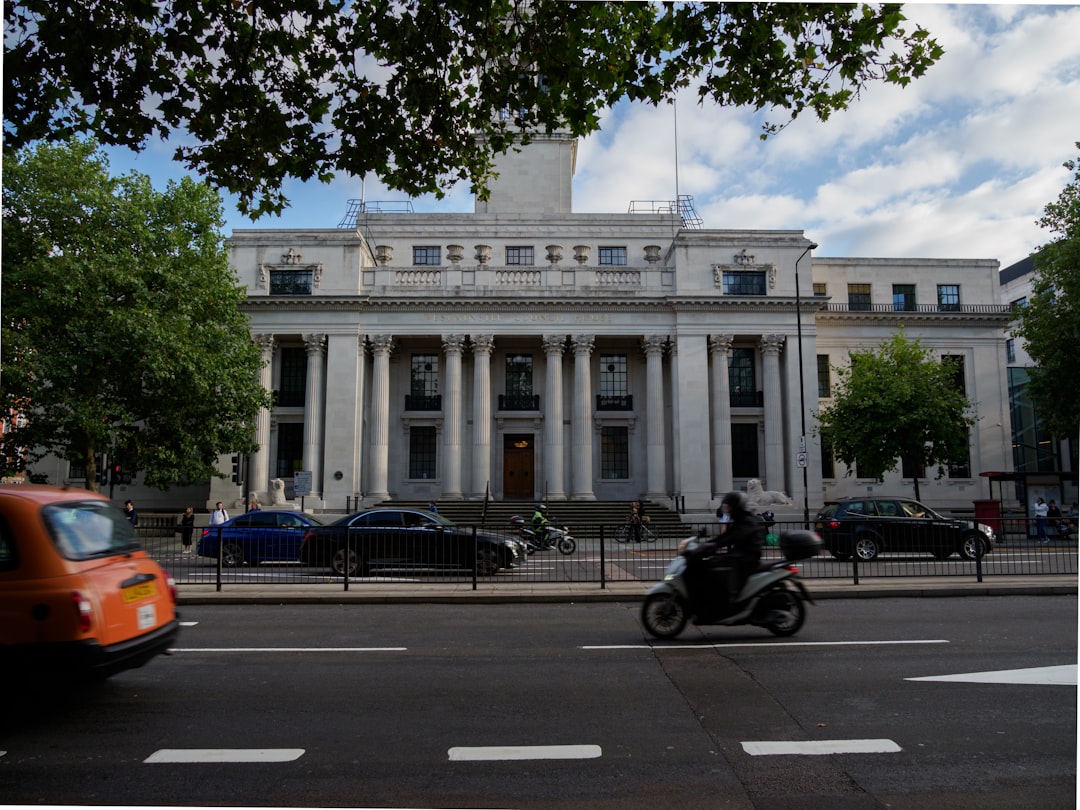No products in the cart.
Navigating the Economic Crossroads: Fed’s Musalem on Rate Limits
As inflation pressures mount, Fed's Musalem warns of limits on rate cuts, raising questions about employment and economic stability.
As the sun sets on another tumultuous fiscal year, a warning bell chimes from the Federal Reserve. Recently, Fed official Musalem cautioned that the central bank is nearing the limits on rate cuts, a statement that reverberates across financial markets and beyond. This isn’t just a technicality; it’s a potential crossroads for millions of workers and businesses.
Historically, the Federal Reserve has wielded interest rates like a maestro conducting a symphony. Lower rates can boost borrowing and spending, creating a crescendo of economic activity. But what happens when the orchestra reaches its limits? In a world still reeling from pandemic-induced economic tremors, Musalem’s warning raises critical questions: How will this impact employment rates? And can we expect inflation to continue its relentless march?

To understand the implications, we must first look at the backdrop. The U.S. economy has been in a precarious dance with inflation for the past several years. Rising prices have forced many to tighten their belts, while businesses scramble to adapt. The Fed’s response has been aggressive, slashing rates to stimulate growth. Yet, as Musalem suggests, the well may be running dry.
Consider the story of Jamie, a 28-year-old entrepreneur in the heart of San Francisco. After launching her online retail business during the pandemic, she thrived as consumers turned to e-commerce. “Lower interest rates allowed me to secure a loan to expand my inventory,” she shares. “But now, with rising inflation, I’m worried about how high prices will affect my customers’ spending habits.” Jamie’s concerns are echoed by countless young professionals navigating the evolving economic landscape.
Rising prices have forced many to tighten their belts, while businesses scramble to adapt.
As we peel back the layers of Musalem’s warning, it’s essential to consider multiple perspectives. On one hand, holding interest rates steady or even increasing them might help curb inflation, but it could also stifle growth. Many businesses, especially startups, rely on favorable borrowing conditions to thrive. The harsh reality is that while the Fed aims for stability, the road ahead may be fraught with uncertainty.
Moreover, the impact on employment cannot be overstated. A survey from the Bureau of Labor Statistics shows that nearly 60% of young workers are concerned about job security amid economic fluctuations. As inflation erodes purchasing power, the likelihood of layoffs or hiring freezes increases, creating a ripple effect across the job market.
Let’s not forget the global context. Countries around the world are grappling with similar challenges. In Europe, inflation has surged alongside energy prices, forcing central banks to make tough decisions. The interconnectedness of our global economy means that the Fed’s moves will not only affect American workers but also those in emerging markets, where job creation is already fragile.
As we look toward the future, the Fed’s next steps will be critical. Will they opt for a cautious approach, allowing time for the economy to stabilize? Or will they take bold measures to combat inflation head-on? Musalem’s warning serves as a reminder that the path forward is not as clear-cut as it may seem.
Ultimately, the conversation surrounding interest rates is not just about numbers on a spreadsheet. It’s about real people—like Jamie—whose lives are impacted by these decisions. As the Fed navigates this intricate web of economic forces, it must remain attuned to the voices of young professionals and entrepreneurs who are shaping the future of work.
As we look toward the future, the Fed’s next steps will be critical.
In conclusion, while the Fed may be approaching the limits of rate cuts, there are still tools at its disposal to influence the economy positively. The key lies in striking a balance that fosters growth while containing inflation—a tightrope walk that will require wisdom, foresight, and perhaps a bit of luck.











